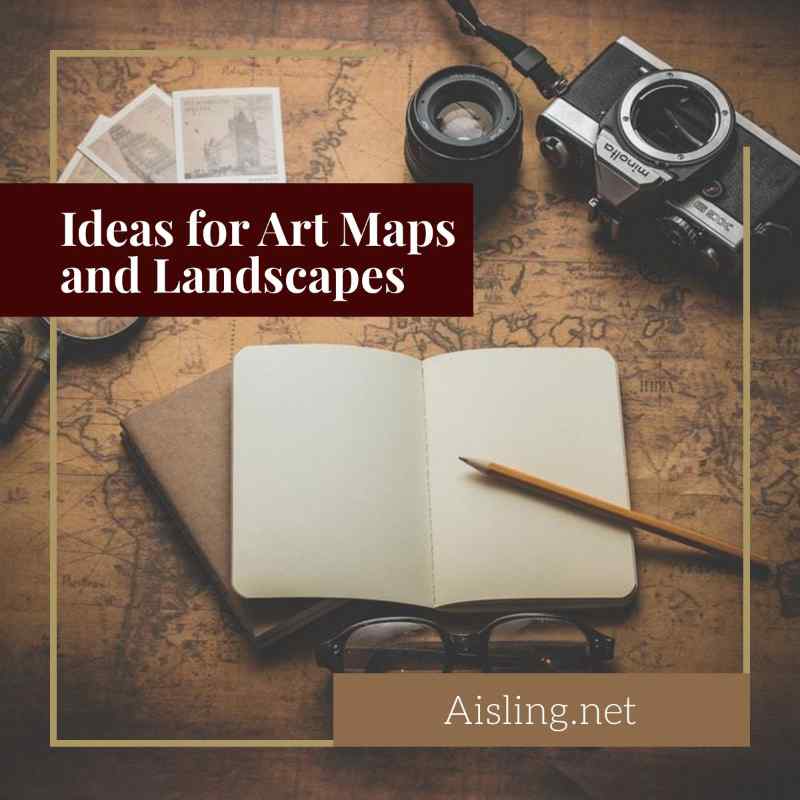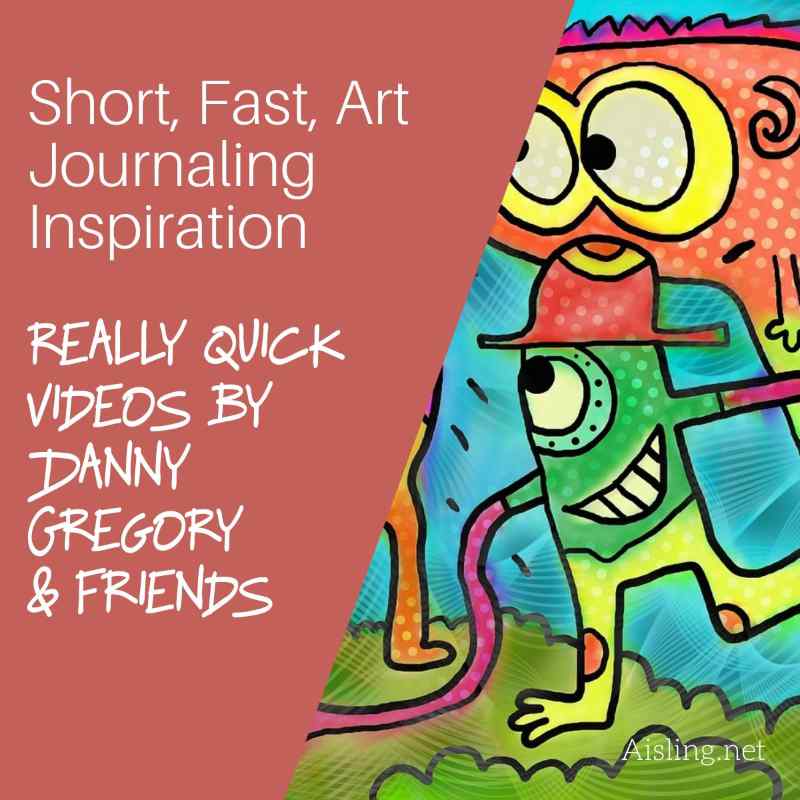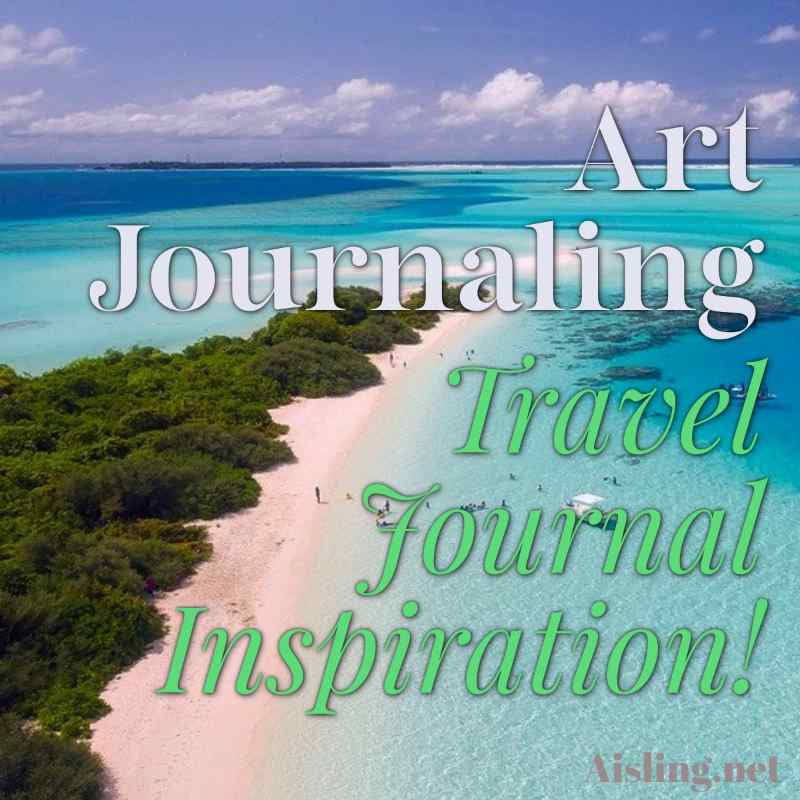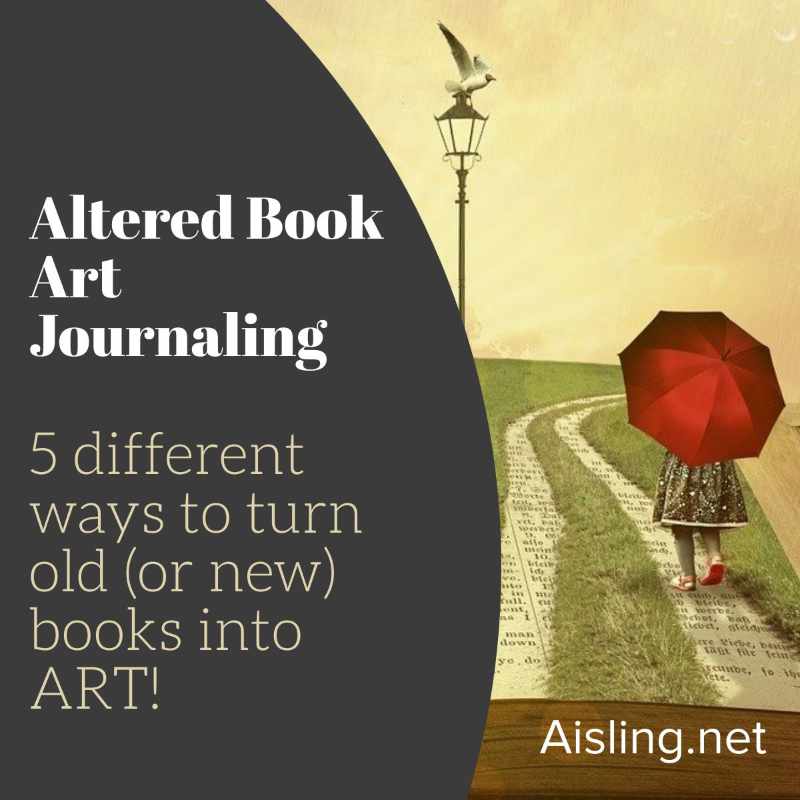Are you looking for drawing and painting ideas? Want to know what to draw in your art journal?
Here’s one very cute approach to art. Thanks to Jane Davenport, it can be easy, too.
Jane Davenport has inspired many people to create elegant and charming illustrations in their art journals. She’s made this easy with how-to books, as well as innovative art supplies.
Here’s her story, in her own words.
I bought one of her books, Beautiful Faces, because I felt like I was getting into a rut with my usual illustration techniques. (Generally, no one is likely to call my journals “cute,” but sometimes I’m aiming for pretty… and needed some insights. Jane’s book definitely helped.)
It’s just one of Jane’s many books you’ll find at Amazon.
Examples: What to draw in your art journal, and how to embellish it
Next, in this demo, she shows how to use her die-cut embellishments.
Notice the art she’s starting with. It includes “mark making,” stencils, sketches, and more.
Also, her art journaling examples suggest great layering techniques for art journaling. (I might use them in some Goth- and Steampunk-style art journals, too. Purples, metallics, and so on…)
Even more ideas for what to draw in your art journal
Next, here’s Tamara Laporte (Willowing Arts) demonstrating some of Jane’s art supplies.
She starts with a blank page, then sketches in pencil, and then… well, you’ll see. (I’ve started the video at the 23-minute point. If you want to see the full unboxing, start from the beginning.)
If you like Tamara’s approach, take a look at the sample projects on her “Create Your Life” book page at Amazon.
Those ideas may be all you need to start experimenting with new drawing, painting, and mixed-media techniques, right away.
But, no matter what your art journaling style, when you’re deciding what to draw – especially in your art journals – I think you’ll find those videos (and products) inspiring.
How I’m adding drawing and painting to my art journals
Personally, I’m experimenting with magazine photos, pasting them (with Yes!Paste) onto a painted page, sealing them with gel medium, and then drawing & painting over them.
This involves layers. (If I’m going to use lots of layers or thick paint, I’ll prime the page with gesso, first.)
My art journaling isn’t necessarily sweet or romantic, but these techniques & materials can work for both “cute” and extreme artists’ journals, too.










